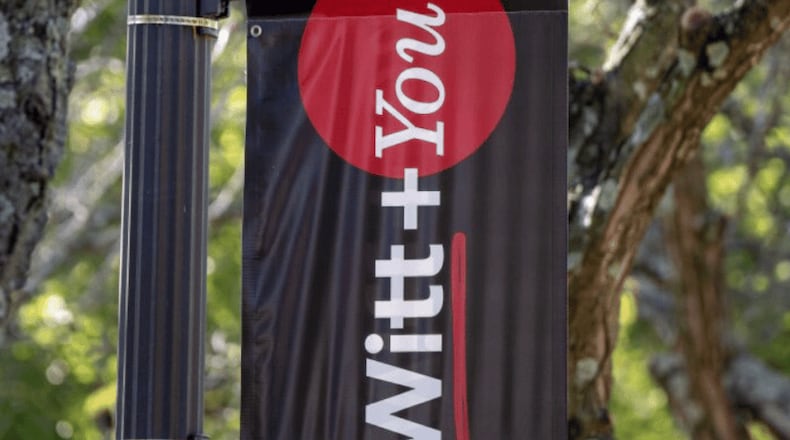Maribeth Stevens, vice president for enrollment management, said they are thrilled to be one of only two selected institutions in Ohio to participate in this program.
“This initiative aligns perfectly with our commitment to removing as many barriers as possible for students pursuing higher education, particularly from underrepresented populations,” she said. “Through this program, we are hopeful that students and families will realize that a Wittenberg education can be both accessible and affordable to students of all backgrounds.”
The program set a goal to close its equity gap for low- and middle-income students accessing postsecondary opportunities by 2030.
“We want to show even more students that they belong at Wittenberg, and the Common App Direct Admissions program helps us do that,” said Wittenberg President Michael Frandsen. “Together, we can work to change the narrative around college access and equity, as we help students see that a college education is well within reach and full of resources to support their passion and purpose.”
Common App has piloted a Direct Admissions program since 2021, and offers admission to students who create a Common App account and provided enough academic information, but have not yet completed all of their open applications.
The latest round of offered admission was to 33,000 students at 14 participating institutions, and over 800 students accepted the offer. The latest results shows the impacts of intervention was strongest for Black and African American, Latinx and first-generation students.
“We are excited for Wittenberg University to join our Direct Admissions program, where even more students will now know that they are worthy and wanted on a college campus,” said Jenny Rickard, President & CEO of Common App.
According to the Common App website, here’s how the program works:
Participating colleges set their requirements, including a minimum GPA for students in their home state. The app finds first-generation and lower-income students who meet those GPA and residency requirements using their app responses, then emails eligible students with their direct admissions offers, and students in some states may receive offers from more than one college.
The email contains information to help students learn more about their offers, including any academic program exclusions or other requirements, and it also have details on how to accept the offer, which includes submitting their Common App.
If a student chooses to apply with this non-binding admissions offer, they’re guarantied to get it, and don’t have to pay an application fee and aren’t required to enroll.
For more information, visit commonapp.org.
About the Author

